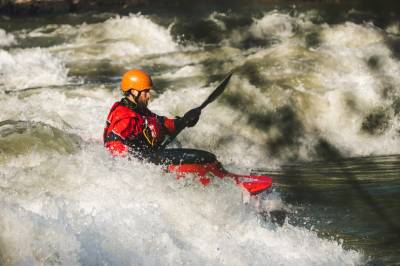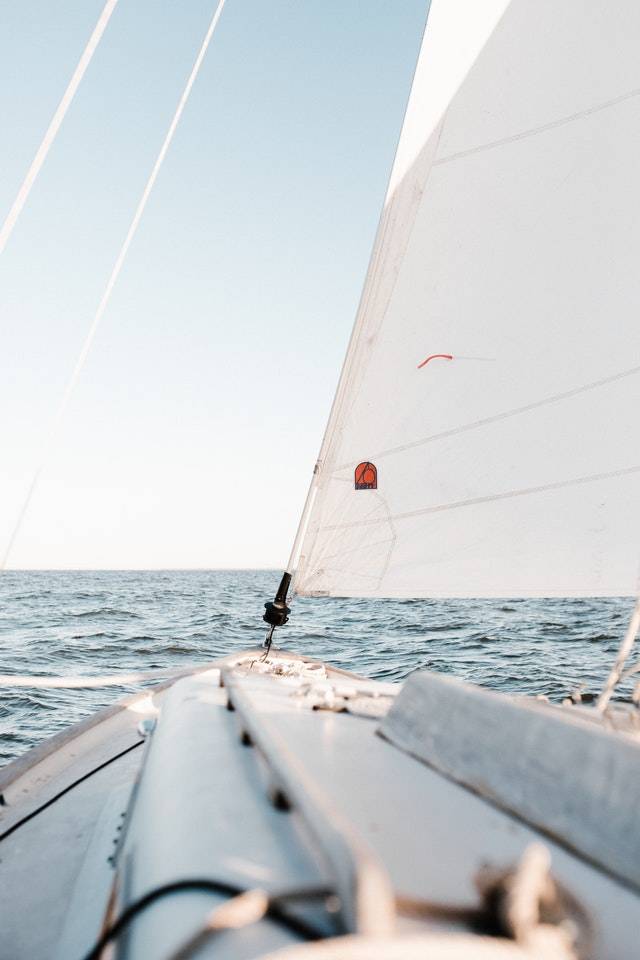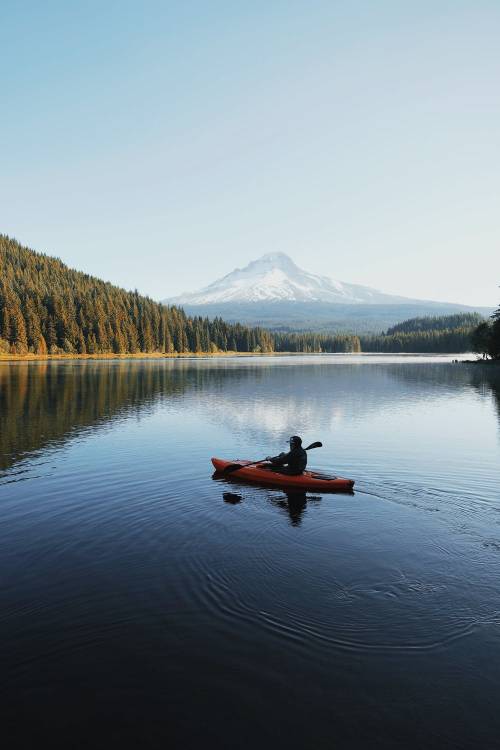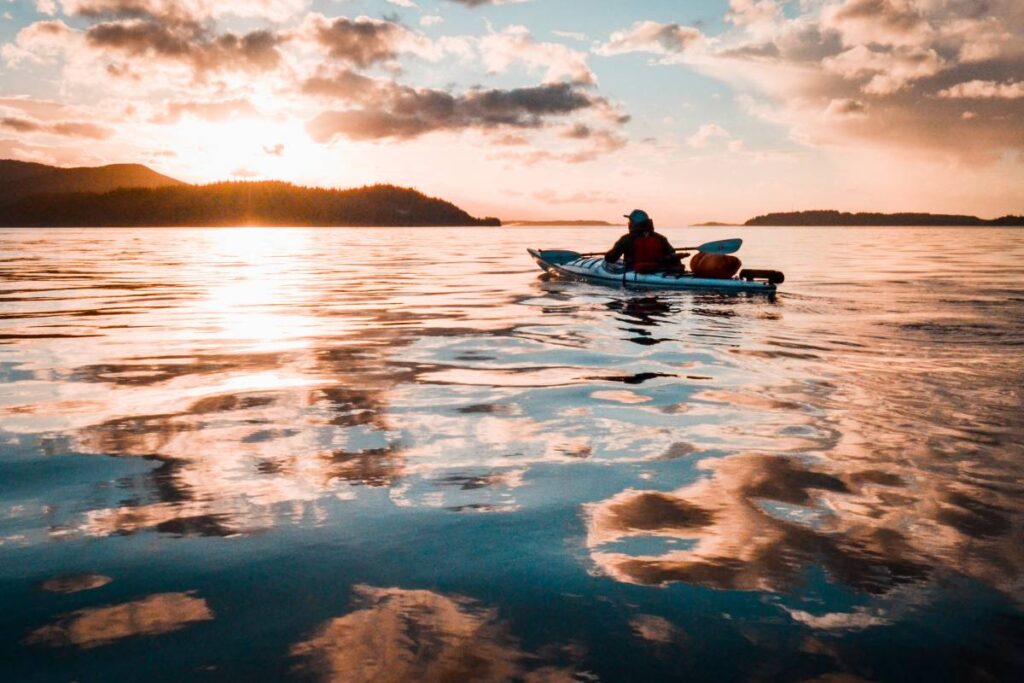Imagine the feeling of exploring pristine and untouched environments while sea kayaking. Now, contrast that with the experience of seeing evidence of previous visitors’ careless behavior, such as damaged campsites, litter, fire scars, and human waste. As a responsible and ethical sea kayaker, it is crucial to leave no trace and minimize your impact on the environment.
The trip leader and the Queensland Sea Kayak Club (QSKC) should ensure that participants are aware of their responsibilities to the environment and each other by following the seven principles of minimal impact practices recommended by Leave No Trace Australia. These principles are:
1. Plan Ahead and Prepare:
- Familiarize yourself with the regulations and special considerations for the area where you plan to sea kayak.
- Check for Total Fire Bans and consult your local fire authority, land manager, or Parks & Wildlife office (EPA Queensland) regarding your legal responsibilities.
- Obtain any required access permits or seek permission from the EPA or land owners.
- Schedule your trip during off-peak times.


Ocean Specific
- Provide your organization or a responsible friend with your float plan/itinerary and notify them upon returning from isolated trips.
- Familiarize yourself with the weather forecasts, water temperature, currents, and tides.
- Check the daily VHF weather broadcast.
- Prepare for extreme isolation, weather hazards, and emergencies by obtaining relevant information before your trip.
- Carry and know how to use a map/chart, a compass and/or GPS, and navigation lights.
- Study charts/maps to identify safe pullouts.
- Have appropriate emergency communication equipment, such as a satellite phone, EPIRB, radio, mobile phone, PLB, flares, etc.
- Properly package and waterproof all safety equipment.
- Carry an appropriate First Aid Kit and ensure that all leaders have the necessary skills to handle emergencies.
- Take plenty of food and drinking water, as well as water purification tablets if needed.
- Pack food that doesn’t need to be cooked over an open fire.
- Repackage food to minimize waste and bring sturdy rubbish bags. Do not discard food scraps.
- Carry extra warm and wet weather clothing.
- Carry a small trowel for emergency toilet needs.
- Ensure that all gear is in good working order before departing.
River Specific
- Provide your organization or a responsible friend with your float plan/itinerary and notify them upon returning from isolated trips.
- Familiarize yourself with the weather and water conditions, such as the level, temperature, and speed, and be prepared for potential fluctuations.
- Be cautious of flash flooding and know the exits for your safety corridor.
- A river map is extremely helpful in determining your camping location. Avoid overshooting your planned site.
- Carry an appropriate First Aid Kit and ensure that all leaders have the necessary skills to handle emergencies.
- Take time to scout rapids to avoid pinned kayaks and other lost gear, which contributes to river rubbish.
- Take plenty of food and drinking water, as well as water purification tablets if needed.
- Repackage food to minimize waste and bring sturdy rubbish bags. Do not discard food scraps.
- Carry extra warm and wet weather clothing.
- Carry a small trowel for emergency toilet needs.
- Ensure that all gear is in good working order before departing.
- When planning your route, look for formed access and egress tracks and have an emergency plan in place.

Launch and Camp on Durable Surfaces
Sea Kayaking
- Choose durable surfaces such as jetties, boat ramps, rocks, gravel, or sand to load and unload your boat.
- Take care to avoid trampling shorelines, which are habitats for wildlife and flora, when entering and exiting rivers, lakes, or the ocean.
- If tying up or anchoring sea kayaks, ensure the system doesn’t damage the shoreline, sea bottom, or vegetation.
- Carry boats over dunes and soft riparian areas and avoid dragging them.
- When entering and exiting the water, leave boats below the dune level, unless tides or wave action prevent their safety.

Walking near landing points/campsites
In popular areas:
- Stay on track, do not create new tracks
- Stay on durable surfaces, which include established tracks, rock, gravel and dry grasses
- Always walk on the track even if wet and muddy, to avoid widening it. On narrow paths walk in single file as much as possible to avoid widening the track
- Do not disturb vegetation as you will encourage erosion and promote the spread of pest plant species
- Avoid revegetation areas altogether
- Find out about local vegetation to learn about those that are fragile and those that are resilient
- Try to unload your gear and take breaks on large flat rocks or other durable ground to avoid damaging vegetation.
In natural areas:
- Take care not to create new tracks
- Spread out and walk carefully to avoid trampling
- Avoid steep areas and dunes that are more prone to erosion once disturbed.
Camping
In popular areas:
- Use established campsites. Take care not to create new ones
- Otherwise camp on rock, sands, or gravel where impact is smallest. When these can’t be found, then on areas with durable grasses or weeds
- Leaders need to actively manage your group at the site to minimise trampling and damage to the surrounding vegetation (you might choose to educate them and select their tent areas for them)
- Protect water sources by camping at least 20 metres from rivers and billabongs
- Keep campsites small. Focus activity in areas where vegetation is absent
- Good campsites are found, not made. Altering a site is not necessary
- Avoid digging, landscaping and trenching around tents
- Use self-supporting tents, rather than tarps or systems that rely on guys etc. from flora
- Do not leave rubbish or food around the campsite, pack it safely away from local wildlife in your kayak
- When leaving a campsite, “naturalise it”. Fluff up flattened grasses, brush away foot prints and replace any rocks that have been kicked or moved
- Avoid damaging live shrubs, woody plants or branches
- Unless absolutely necessary, do not light fires, except where fire wood is provided and permitted in established fire rings
- Keep your group size small.
In natural areas:
- Disperse use to prevent the creation of campsites and tracks
- Choose durable surfaces for tents and cooking areas
- Do not clear campsite areas and if you are staying more than one night, move your tent to minimise damage
- Avoid places where impacts are just beginning
- Do not light fires (driftwood etc plays an important ecological role)
- If feasible, stay only one night.
Dispose of Waste Properly
- Pack and carry out all packaging rubbish and leftover food including organics in sturdy bags
- Inspect your campsite and rest areas for rubbish and spilled food before leaving
- Do not burn rubbish
- Be careful not to drop rubbish while walking on tracks
- If possible, collect rubbish found during your paddle and carry out
- When available, use established toilet facilities
- In other situations, carry a trowel and deposit solid human waste in cat holes dug in topsoil – usually 10-15cm deep and at least 100m from water, camp and tracks. If toilet paper use is necessary, use it sparingly and bury it deeply or preferably, carry it out. Natural toilet paper like smooth stones, grass, sticks or bits of bark can make it possible to avoid man-made toilet paper all together. Cover and disguise the hole when finished. (In water catchments areas, human waste should be carried out.)
- Urinate on bare ground away from vegetation and tracks. Ladies, if you need to use toilet paper bury it 10-15cm deep and at least 100m from water, or carry it out
- Pack out all hygiene products in a suitable container and carry out
- To wash yourself or your dishes, carry water 100 metres from streams and pools. Avoid using any soaps or detergents; if they must be used, use only small amounts of biodegradable soaps and detergents. Scatter strained dishwater
- Hand sanitisers are a good alternative for personal hygiene
- All campsites must be located at least 20 m from any waterway.
Leave What You Find
Preserve Nature/Respect Culture
- It is illegal to excavate, disturb or remove archaeological, historical and cultural artefacts from any public or wilderness lands
- Avoid paddling close to Indigenous sites out of respect for the culture and to ensure their longevity. Land managers can advise you on these locations. Seek appropriate permission
- Do not touch rock art, which can be damaged by the natural oils from human skin
- Preserve the past: observe but do not touch cultural or historic structures and artefacts
- Avoid travelling in areas where rare and vulnerable plants or animals are found. Land managers can advise you of these locations
- Leave rocks, plants and other natural objects as you find them
- Do not build structures, furniture or dig trenches.
Introduced Species
- Avoid Spreading non-native plant and animal species that are generally impossible to eradicate once they are introduced. Do not transport flowers, weeds, wood or aquatic plants into or out of the wilderness
- Avoid spreading diseases like Giardia or Cryptospiridium by properly disposing of human waste at least 100m from water
- Know non-native species and report sightings of them to appropriate sources
- Do not travel through Quarantine Areas
- If a trip crosses areas known to contain pathogens, visit the un-infected area first
- Check clothing and all gear and burn or dispose of all hitchhiker type seeds before and after travelling in different areas
- Help landowners
Minimise the Impact of Fire
- Fires can cause devastating and lasting impacts to the bush
- Check area regulations for fire bans. No fire (including a fuel stove) may be lit on a day of Total Fire Ban. Total Fire Bans may be implemented regionally so be sure to check daily and be aware of fire regions that cover the route
- Leaders MUST know applicable fire regulations in advance of the trip, as fire regulations are the LAW. Contact your local fire authority or local land manager for details regarding your local responsibility
- Preferably use a lightweight fuel stove for cooking and enjoy a candle in a can (see QSKC website for further info) or gas lantern for light. Don’t leave wax residue
- Avoid lighting an open fire (even if permitted) if at all unnecessary or where doing so will not comply with the minimal impact approach
- Where fires are permitted, use established fire rings, fire pans, or mound fires. Dismantle and naturalise any extra fire rings
- Do not dig fire-pits, even on the beach
- Judge the wind, weather, location and bring your own wood supply. Do not break off branches from trees or bushes
- Keep fires to a minimum size necessary for cooking and minimise disturbance to the surrounding vegetation
- Manage your fire. Do not leave it unattended
- Burn wood down to ash. Fires must be completely extinguished with water before leaving the campsite
- Fires should not be used to create heat unless it is an emergency. Carry enough warm clothing so that fires for warmth are unnecessary
- Be careful of improper cigarette butt disposal. Take butts with you, or better still don’t smoke.
Minimal Impact Fires
The recommendation is that you do not have a fire at all, but if fires are permitted and it is important to you, then build a small minimal impact Mound or Pan fire:
- Carry in your kayak a large ground cloth or metal pan as a base for your fire
- Lay down a large ground cloth or metal pan and collect sand, gravel or soil with a low organic content with a stuff sack and a trowel (mineral soil can often be found where large dead trees have fallen and their roots are exposed). Construct a pedestal approx. 25 cm thick by 75 cm in diameter on the ground cloth or fire pan. (the pan could also be placed on stable flat rock or raised to avoid contact with vegetation)
- Burn all wood to ash and extinguish completely with water. Scatter cold ash widely and disperse the soil or return to the base of the upturned tree.
Respect Wildlife
- Observe wildlife from a distance. Do not follow or approach them
- Understand through education the role each species plays in each
environment in order to realise the importance of its position within an ecosystem - Do not remove coral and shells
- Avoid wildlife during sensitive times: mating, nesting, and raising young. Touching sea life, nests or young animals may cause distress or their parents to abandon them
- Beaches and dunes are the nesting sites of many birds and turtles, tread carefully, keep clear and do not disturb nests
- Never feed wild animals or birds. Feeding wildlife damages their health, alters natural behaviours, and exposes them to predators and other dangers. Store food and rubbish securely
- Conform to fishing requirements including licensing and size/volume restrictions. Refer to local recreational angling legislation
- Report any injured animals to the local land managers. Do not attempt to handle the anima
DOWNLOAD PDF VERSION “A GUIDE TO MINIMAL IMPACT SEA KAYAKING IN QUEENSLAND”
Respect your Hosts and Other Visitors
- Leaders need to be responsible and ensure that your group behaves with respect for the environment and other users. Set out reasons and expectations early in the trip, use alcohol responsibly
- Respect others’ wilderness experience by examining your own behaviours to minimise any negative impact. Make reasonable efforts to minimise the impact of the group on others
- Learn about the cultural history of the land. Recognise, acknowledge and respect local knowledge
- Respect the wishes and regulations of all Hosts. (Eg. Indigenous, pastoral, land managers and locals)
- Never visit places where you have not obtained appropriate permission. Seek permission and/or a permit
- If you land at the edge of private property, be courteous and make yourself and your intentions known to the person
- Do not disturb livestock or property
- Assist other parties in difficulty provided that this action does not adversely affect the safety of your group Do not block paths with people or equipment. Have rest breaks in discreet places to minimise impact on other groups
- If possible camp out of sight and sound of other visitors
- Let everyone enjoy nature’s sounds. Keep noise to a minimum. Talk quietly especially when in large groups
- Avoid the use of bright lights, radios, mobile phones and other intrusive urban devices.

